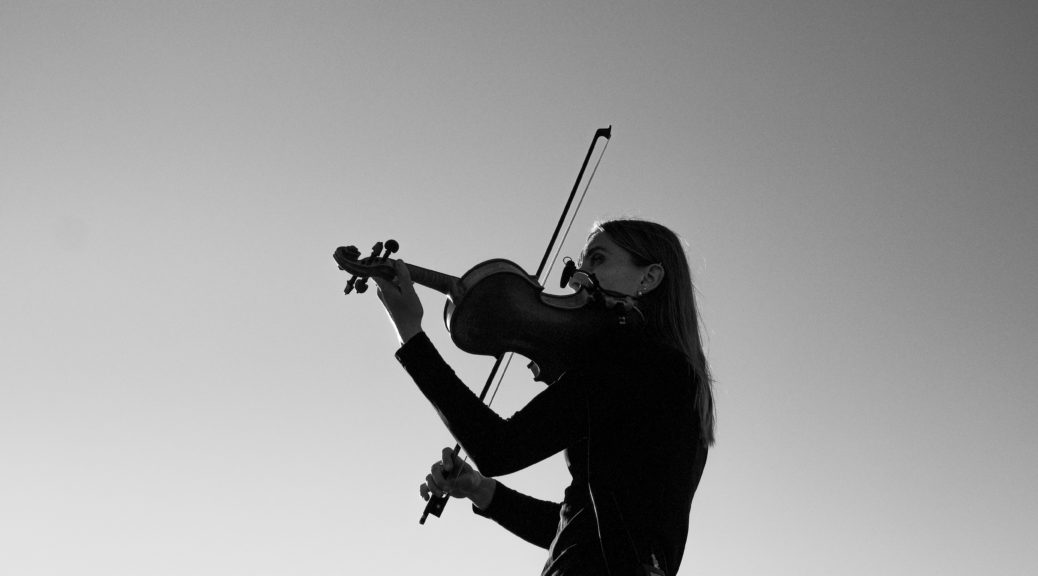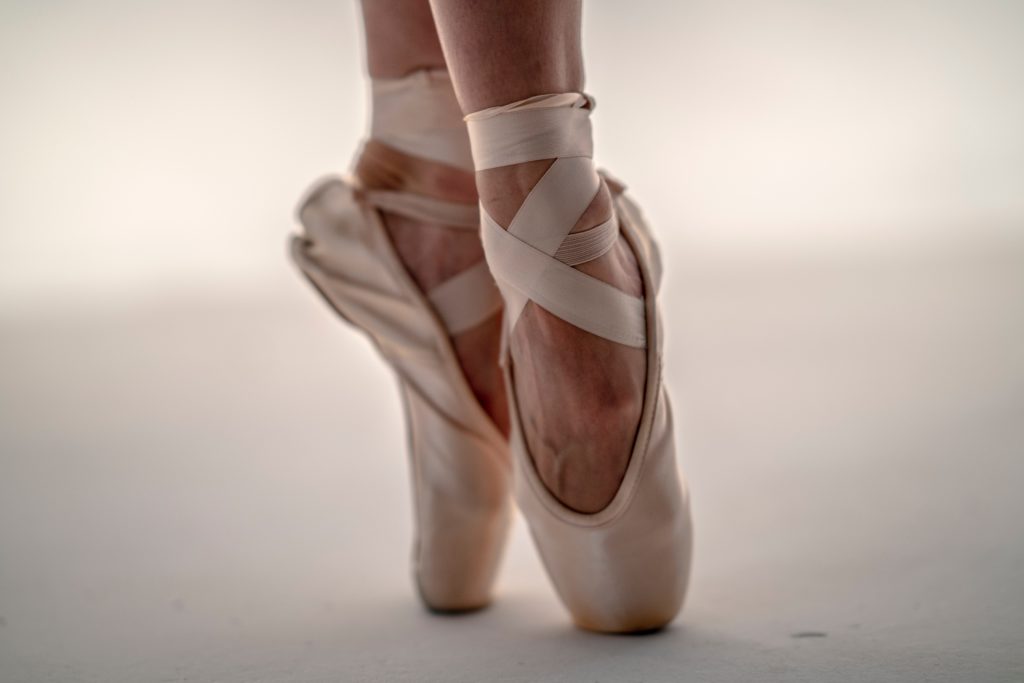By Tiffany Hsia
Edited by Natalie Grace Sipula
[3 minute read]
Many of us are preparing to return to USC for the upcoming school year with excitement and anticipation. However, attending class and studying for exams can become routine as the school year progresses, but there are places around campus that can help spice up your routine or become a new study spot. Studying day and night at Leavey Library can become boring, and after living on campus for a year, I have found a couple of different study spots to help change up your scenery while studying, especially during finals.
- LiteraTea
For all of the people who love boba but don’t like having to walk off campus to get it, there is actually a hidden boba place on campus! LiteraTea is located behind Doheny Library and is a little cafe where you can study. They serve a variety of healthy, quick items you can take on the go (and boba!). It is also the perfect place to study, as there is an outdoor courtyard to do work right across from the cafe. This courtyard allows you to enjoy the sunshine and take in the rays of Southern California while getting work done.
- Balcony of the School of Cinematic Arts

If you are looking for a quiet yet scenic place to study, the balconies in the School of Cinematic Arts are the perfect place. The balconies are not restricted to Cinematic Arts students and are open from 7-11 PM. You can access the balconies by entering in one of their buildings and taking the elevator to the second or third floor. Once you enter, the balconies overlook the beautiful courtyard of SCA and have outdoor patio seating. This is perfect for quiet studying with a view or hanging out with friends. I have had many late-night chats and group studying sessions here!
- Café 84
Café 84 is conveniently located between Fluor Tower and Webb Tower. While the hours of Café 84 fluctuate (they close anytime from 11-2 AM on weekdays), this is the perfect place to get work done or have group meetings. Café 84 also has a Starbucks, which is convenient to help kick start studying. If you like doing work surrounded by some noise, this is the place to study. I especially enjoy doing group work here, as it is a very casual atmosphere.
Continue reading Hidden gems on campus 




